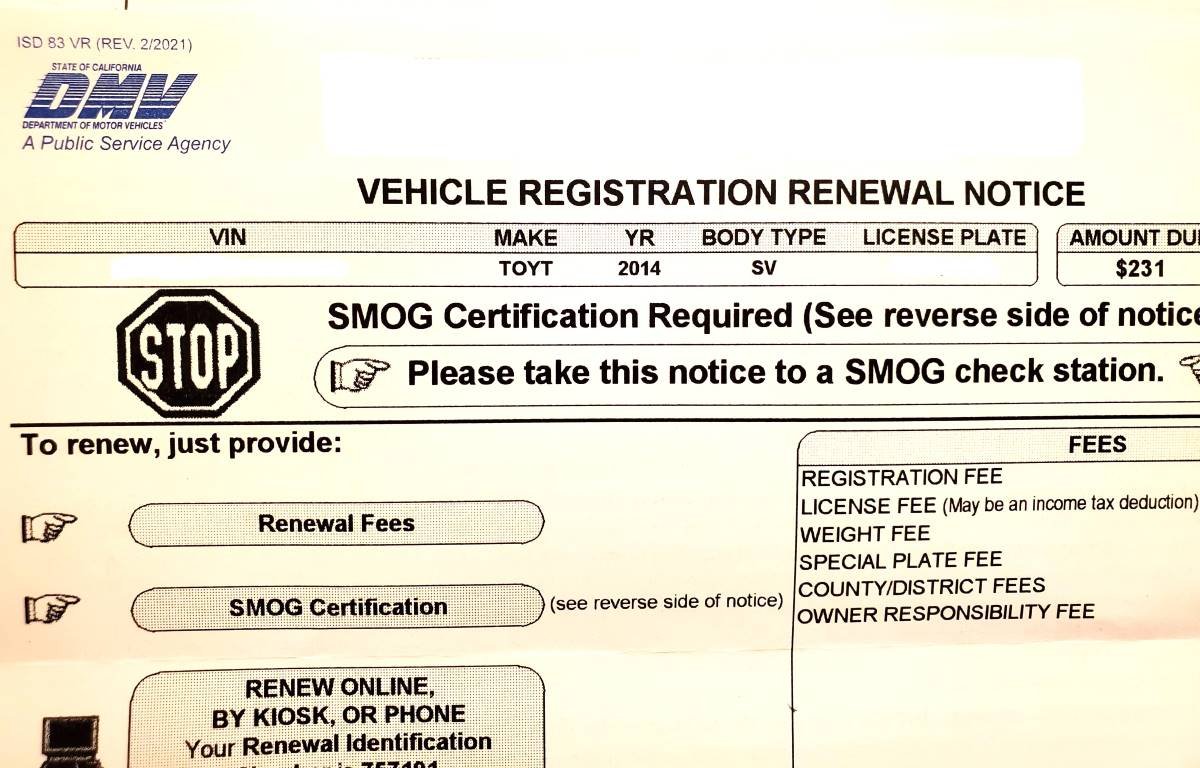Rotary Club of Simi Sunrise "Simi Smiles" Peace Project Rock Exchange at Corriganville Park
/Rotary Club of Simi Sunrise recently installed a community peace themed rock exchange at Corriganville Park, 7001 Smith Road, Simi Valley.
Through the efforts of Simi Sunrise, the city of Simi Valley has been established as an International City of Peace, one of 375 Cities of Peace in 70 countries.
To encourage the community to promote peace, students were invited to design hand-painted rocks to spread peace, love and friendship. Over 500 rocks with these themes were created and were placed in a large peace sign formation adjacent to the Corriganville Park parking lot.
Learn more about the Rotary Club of Simi Sunrise at rotaryclubofsimisunrise.org.
More on the International Cities of Peace movement at www.internationalcitiesofpeace.org. Other local Cities of Peace include Ojai, Santa Barbara and Los Angeles.











